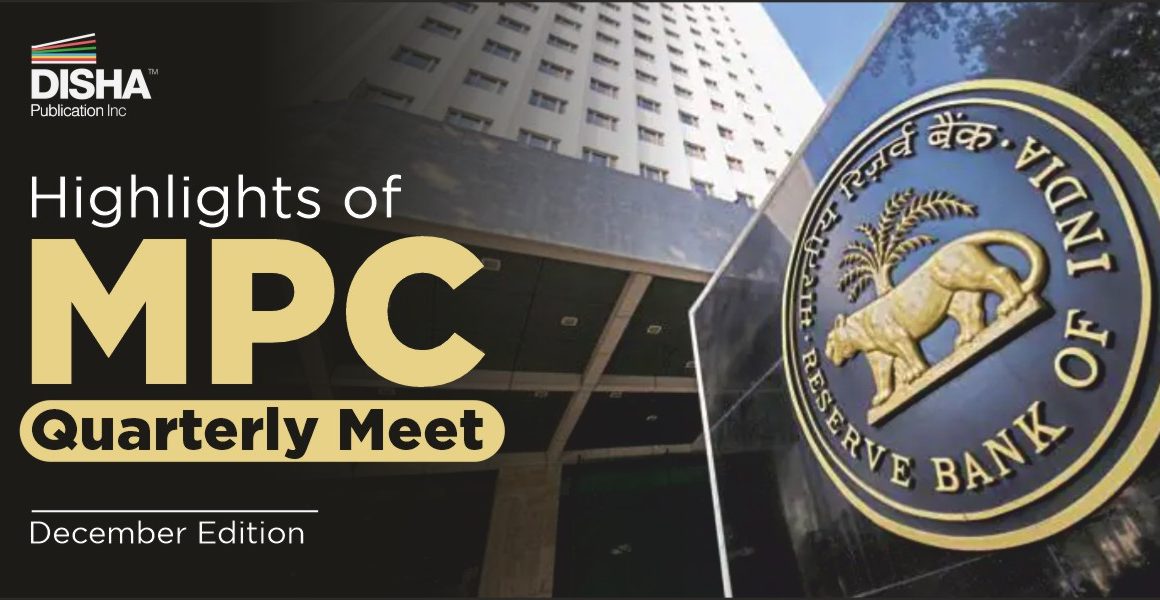
The Farmers’ Produce Trade and Commerce (Promotion and Facilitation) Bill, 2020 and
The Farmers (Empowerment and Protection) Agreement on Price Assurance and Farm Services Bill, 2020
The bill passed in the lok sabha will replace ordinances promulgated in June.
Ordinances
• The Farmers Produce Trade and Commerce (Promotion and Facilitation) Ordinance, 2020;
• The Farmers (Empowerment and Protection) Agreement on Price Assurance and Farm Services Ordinance, 2020; and
• The Essential Commodities (Amendment) Ordinance, 2020.
Objectives of the bill
• Bills aimed at transforming agriculture in the country and raising farmers’ income
• Farmers will now have freedom for direct marketing of their produce and will be able to get better prices,
• Consumers will also get the benefit
• The reforms will accelerate agricultural growth
Features of the bill
• Farmers will now be freed from the restrictions of having to sell their produce at designated places only
• It will promote barrier-free inter-state and intra-state trade and commerce
• Reduction of marketing costs for the farmers and getting better prices
• Procurement at Minimum Support Price will continue
• Mandis established under State laws will also continue to operate.
• It will bring about revolutionary transformation and transparency in the agriculture sector
• Private sector investment in building agricultural infrastructure and supply chains
• More employment opportunities and strengthening of the economy
• Will pave the way for creating One India, One Agriculture Market
• Sale, lease or mortgage of farmers’ land is totally prohibited
The cause of discontent
• While farmers are protesting against all three ordinances, their objections are mostly against the provisions of the first.
• Their concerns are mainly about sections relating to “trade area”, “trader”, “dispute resolution” and “market fee” in the first ordinance.
‘trade area’, as mentioned in the bill
• Section 2(m) of The Farmers Produce Trade and Commerce (Promotion and Facilitation) Ordinance, 2020 defines “trade area” as any area or location, place of production, collection and aggregation.
• It includes (a) farm gates; (b) factory premises; (c) warehouses; (d) silos; (e) cold storages; or (f) any other structures or places, from where the trade of farmers’ produce may be undertaken in the territory of India.
• In effect, existing mandis established under APMC Acts have been excluded from the definition of trade area under the new legislation.
• The government says the creation of an additional trade area outside of mandis will provide farmers with the freedom of choice to conduct trade in their produce.
Why are farmers protesting?
• The protesters say this provision will confine APMC mandis to their physical boundaries and give a free hand to big corporate buyers.
• The APMC mandi system has developed very well as every mandi caters to 200-300 villages.
• But the new ordinance has confined the mandis to their physical boundaries.
What is ‘trader’ and how is it linked to the protests?
• Section 2(n) of the first ordinance defines a “trader” as “a person who buys farmers’ produce by way of inter-State trade or intra-State trade or a combination thereof.
• Thus, it includes processor, exporter, wholesaler, miller, and retailer.
• According to the Ministry of the Agriculture and Farmers’ Welfare, “Any trader with a PAN card can buy the farmers’ produce in the trade area.”
• In the present mandi system, arhatiyas (commission agents) have to get a licence to trade in a mandi.
• The protesters say arhatiyas have credibility as their financial status is verified during the licence approval process.
Why does the provision on ‘market fee’ worry protesters?
• Section 6 states that no market fee or cess or levy, by whatever name called, under any State APMC Act or any other State law, shall be levied in a trade area.
• Government officials say this provision will reduce the cost of the transaction and will benefit both the farmers and the traders.
• Under the existing system, such charges in states like Punjab come to around 8.5% — a market fee of 3%, a rural development charge of 3% and the arhatiya’s commission of about 2.5%.
• By removing the fee on trade, the government is indirectly incentivizing big corporate.
For Mor Info Please Download PDF: [ddownload id=”37371″]



